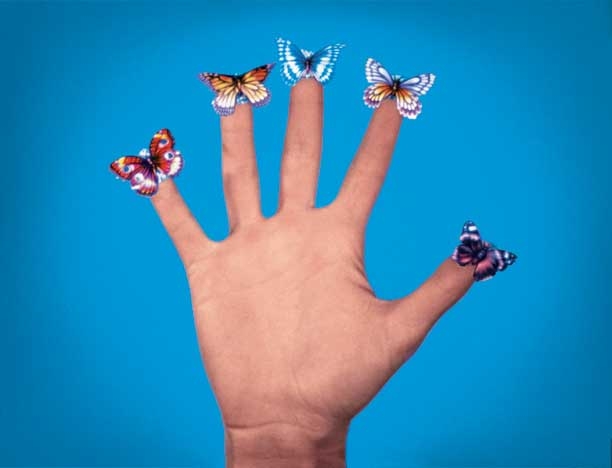In a twist of tragic irony, Jack Goldstein, who considered his name so ordinary it might appear 10,000 times in a telephone directory, never found his personal or artistic identity. During the early 1970s he studied with John Baldessari at CalArts; he was included in Douglas Crimp’s epoch-defining exhibition, Pictures, in 1977; he showed at Metro Pictures along with Cindy Sherman and Robert Longo during the boom years of the 1980s; and he spent his last decade as a recluse in a trailer in East LA. He committed suicide in 2003.
Goldstein’s work, particularly as presented in this small but thorough retrospective, comes off as a restless journey through late-twentieth- century American art. He debuted with sculp- tural arrangements of commercial lumber dependent on gravity for stability, and films of short performances in which, for example, he banged his fist against a table, splattering milk from a brimming glass in Ab-Ex-like patterns: a deadpan irreverence towards tradition derived from Baldessari and Bruce Nauman. By the mid-1970s he’d moved on, pressing 45rpm records of appropriated sound effects and directing short films investigating how visual and aural conventions construct viewer responses – in one a stunt dog barks on cue, and in another a loop of the M G M lion transforms a commercial cliché into art, punning on the studio’s slogan, ‘Ars gratia artis’. Goldstein’s paintings from the early 1980s reduce photo- graphs of natural disasters and battles to dark silhouettes and white streaks. His last pieces, compendiums of texts typed and formatted on computers, complete the distillation of content to denatured logo and form.
Appropriated epigrams – such as ‘Slow descent again, the long submersion’ – in these printed works suggest an existential anxiety, and it is possible to trace this disquiet forward from the first precarious arrangements of wood through to the paintings of catastrophe. The exhibition catalogue examines a comple- mentary artistic strategy of withdrawal, whereby Goldstein functioned as an unseen hand, directing film crews and instructing the assistants who airbrushed his canvases, creating uniform surfaces devoid of human touch. Identity is always tentative. Given the circumstances of his death – he also suffered drug addiction – it’s tempting to read Goldstein’s work as an allegory of contemporary culture: the endlessly reproducible content of stock footage and word processing quashes individuality.
But the media trades in highly developed aesthetics and on the personal responses they elicit from audiences, a dynamic that, say, Cindy Sherman nails in work that creates new visual beauty and insightful critique from the intersection of the constructed and the individual. Aside from the punning wit of his films, little in Goldstein’s work engages. His paintings are affectless; his early sculptures, generically postminimalist. His use of various media makes his work seem like a series of starts that remain unresolved. He understood how canned information functioned, but never developed a vision, and perhaps a sense of self, as coherent and strong as the media’s own seductive yet cynical beauty.
This review originally appeared in the September 2013 issue.
